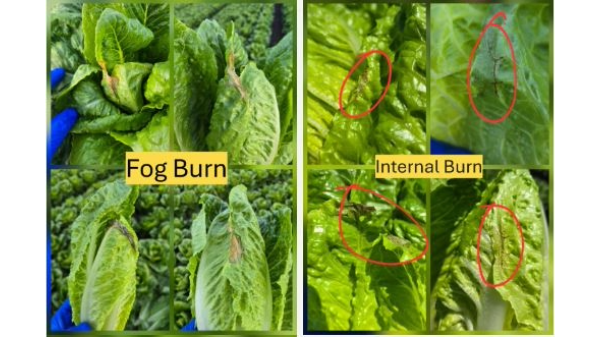Welcome to Blue Book!
Are you ready to join the thousands of companies who rely on Blue Book to drive smarter decisions? View our plans and get started today!
Still have questions? We’d love to show you what Blue Book can do for you. Drop us a line– we’ve been waiting for you.

Papaya can be found year-round with peak season in early summer and fall. Although most are imported from Hawaii, increasing quantities are coming from Mexico, Puerto Rico, and numerous Central and South American countries. Jose Luis Obregon, president of IPR Fresh in Nogales, sees a very bright future for papayas grown in the coastal states of Mexico. Mexican papayas, although less sweet than their American cousins from Hawaii, tend to be larger (averaging nine or ten pounds) in size, hence the ‘tree melon’ reference.
Mary Ostlund, director of marketing for Homestead, FL-based Brooks Tropicals, LLC points out that many buyers have done their homework about the healthful properties of tropical fruits, including papaya. “Consumers are more sophisticated and understand different varieties: that the small are the sweetest and rank high for single purchasers who are solo eaters, while the largest are less sweet, but are perfect for a family.”
Ostlund cautions exposing papayas to ethylene, which softens the fruit and greatly limits market time. Chilling injuries can also occur, but fruit is much less susceptible as it ripens. Papaya’s shelf life is about two weeks and should not exceed four weeks in storage at 50 degrees.
And although papaya utilization is climbing worldwide, Jungmeyer says most are still consumed by Hispanics, in the United States and elsewhere—though, he notes, “we continue to get closer to more crossover appeal.”
More Hot Hispanic Commodities to Watch
A number of other specialty fruits and vegetables are slowly making their way into U.S. supermarkets, onto restaurant menus, and into kitchens. Among those on the cusp of wider exposure are guava, pitaya or pitahaya (also known as dragon fruit), and a number of specialty chile peppers.
Obregon sees a bright future in guava, which Ostlund says was recently endorsed on a popular daytime television talk show—causing demand to skyrocket. Despite its newfound fame, however, Jungmeyer says guava is often difficult for suppliers to sell, as most U.S. consumers know very little about the fruit, such as how to prepare or eat it.
There are also barriers to importation, as the fruit tends to harbor fruit flies, and can only be accepted into U.S. ports if irradiated.
For these reasons and more, Hank Imwalle, president of Bay Area Produce, Inc. in San Jose, CA, currently views guava as a “boutique-type produce, rather than a staple.”
Additionally, Ostlund highlights pitahaya or dragon fruit—with its bright pink, spindly exterior and white, tiny-seeded interior (though there are also red-fleshed varieties)—as having features that could gain potential followers and hold consumer interest. The succulent, bizarre-looking fruits are “easy to eat, have a soft skin, and can be cut or scooped out.”








